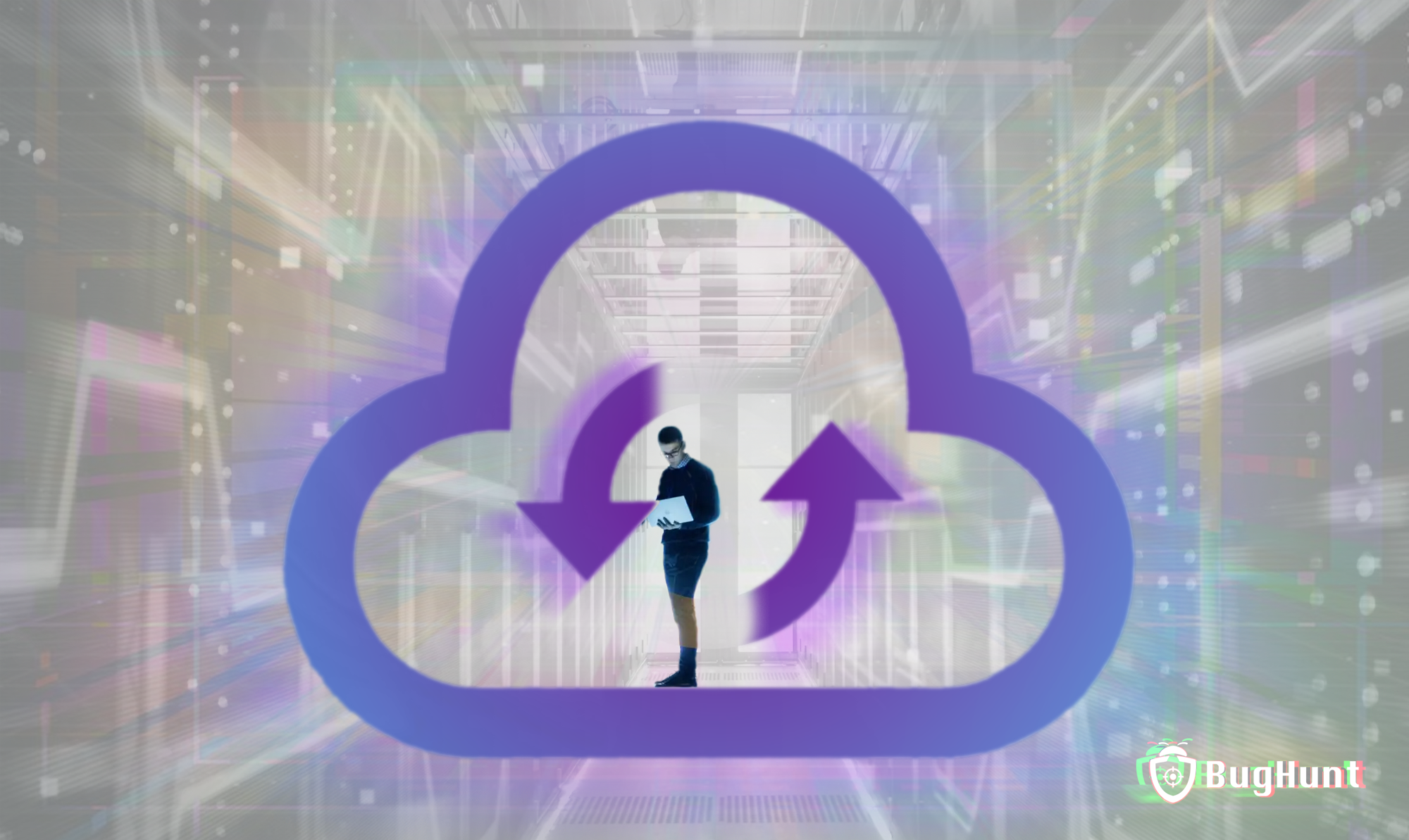On-Premise vs. On-Cloud: Which System is More Secure?

When weighing between on-premise and on-cloud systems, information security managers face a crucial decision.
This is because the choice directly impacts the security, management, and scalability of business operations.
In this article, we will explore the fundamental differences between these two options, helping you understand which system will best meet your organization’s specific security needs. Happy reading!
What is On-Premise?Before we proceed, it is essential to define what on-premise means. In an on-premise setup, the IT infrastructure is physically installed at the company's own facilities. This means that all servers, hardware, and software are managed internally by the company's employees or by external contractors.
This model offers complete control over operations and security but also requires significant investments in hardware and maintenance.
What is On-Cloud?In contrast, on-cloud refers to the use of servers, storage, and other IT resources hosted on the internet and managed by third parties.
In this model, the physical infrastructure is owned and operated by cloud service providers, and companies access their applications and data via the internet. It is especially known for its flexibility and scalability, as companies generally pay only for the resources they use, adjusting costs as demand increases or decreases.
Moreover, a recent study by consulting firm McKinsey projects that by 2030, cloud computing could generate a global savings of up to $3 trillion, highlighting its role in cost reduction, productivity gains, and the development of new business models.
On-Premise vs Cloud: Security ComparisonThe decision between on-premise and on-cloud systems requires careful analysis of the security capabilities of each model:
On-Premise Security: Control is KeyThe main advantage of an on-premise system lies in the total control the organization maintains over its database and resources.
With local infrastructure, managers have direct control over security, which includes implementing security policies, managing access, and protecting sensitive data.
Additionally, in scenarios where strict regulations govern data management and storage, such as the LGPD, the on-premise model can offer more straightforward compliance, as data does not transit through unknown environments or jurisdictions.
Cloud Security: Flexibility and ScalabilityOn the other hand, cloud security has evolved significantly and offers multiple layers of protection that are continuously updated by service providers.
Migrating to the cloud can reduce the security management burden on an organization, transferring part of the responsibility to the service provider, which has dedicated experts monitoring and responding to threats in real time.
Cloud environments also benefit from built-in redundancies and disaster recovery. In the event of physical failures or cyberattacks, for example, cloud systems can quickly restore data from multiple geographic locations, ensuring effective business continuity.
Also read:The risks and benefits of edge computing for businesses
Disadvantages and Risks of Each FormatEach model presents specific challenges that can impact the operation and security of organizations in distinct ways:
On-Premise:
- Initial and Maintenance Costs: Investment in hardware and software can be substantial, along with ongoing maintenance and update costs.
- Scalability Challenges: Scaling on-premise infrastructure requires new hardware investments and can be a slow process.
On-Cloud:
- Provider Dependence: The security and availability of your data can be compromised if the cloud provider faces technical issues or security breaches.
- Privacy Concerns: Data stored in the cloud may be subject to privacy and data security laws of other jurisdictions.
Which is More Secure, On-Premise or On-Cloud?Determining which system is more secure—on-premise or on-cloud—depends on the specific needs of each organization and the regulatory environment in which it operates.
For organizations that require total control and have the capacity to manage complex infrastructures, the on-premise model may be more appropriate. Conversely, companies seeking flexibility, scalability, and lower initial investment may find the cloud solution to be the safer and more efficient option.
Regardless of the choice, the key to robust security lies in implementing rigorous security policies, ongoing risk assessment practices, and a proactive threat management posture. Including additional strategies, such as bug bounty programs, is also essential for strengthening security, enabling more effective identification and mitigation of vulnerabilities.
By thoroughly understanding the characteristics of each model, managers can make informed decisions that will effectively protect their digital assets, maintaining the integrity and operational reliability of the organization.
With a careful and informed approach, you will be well-positioned to choose the solution that best protects your valuable data and supports your business objectives.
How about diving deeper into the world of information security? In our BugBuzz newsletter, we always discuss the most important topics in the cybersecurity market, just like this one. Don’t waste time; click this link and sign up now!

